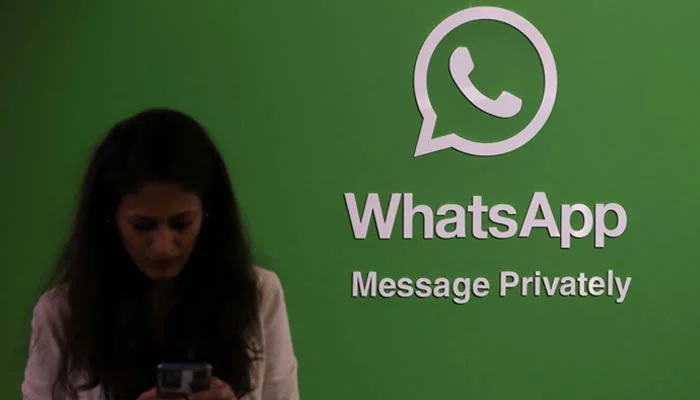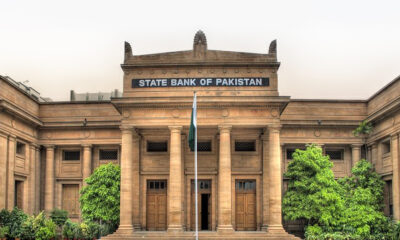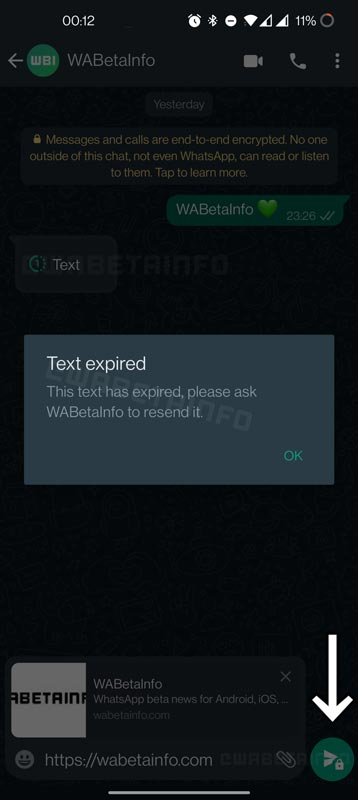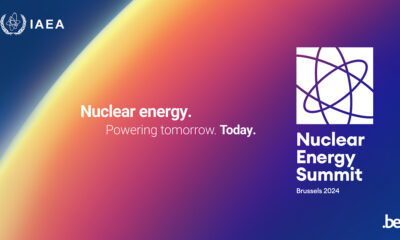Tech
WhatsApp developing feature allowing ‘view once messages’

Latest News
Pakistan launches first-ever lunar mission with iCube Qamar
Latest News
The green colour of WhatsApp ‘angers’ some users.
Latest News
Punjab will provide fifty thousand solar kits.
-

 Business3 days ago
Business3 days ago“Ten companies express interest in purchasing PIA.”
-

 Business3 days ago
Business3 days agoPakistan has $13.316 billion in total foreign reserves.
-

 Business3 days ago
Business3 days agoSupport from the US for Pakistan’s IMF pact
-

 Latest News3 days ago
Latest News3 days agoWheat scandal: Food Security Secretary sacked by PM Sharif
-

 Latest News3 days ago
Latest News3 days agoPakistan launches first-ever lunar mission with iCube Qamar
-

 Business3 days ago
Business3 days agoPrice of LPG “slashed” by Rs. 20 per kilogram
-

 Business2 days ago
Business2 days agoPakistan’s gold prices continue to decline.
-

 Latest News3 days ago
Latest News3 days agoOff-duty police in Islamabad are prohibited from donning uniforms.






















